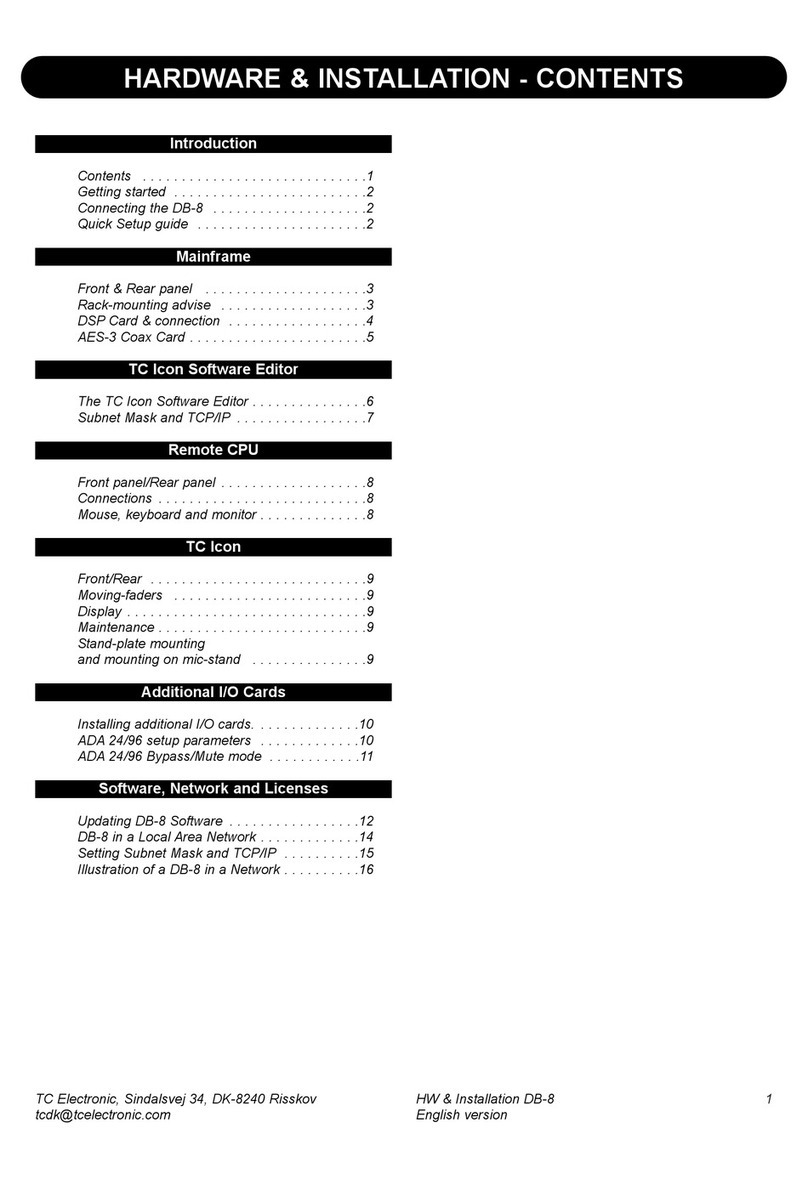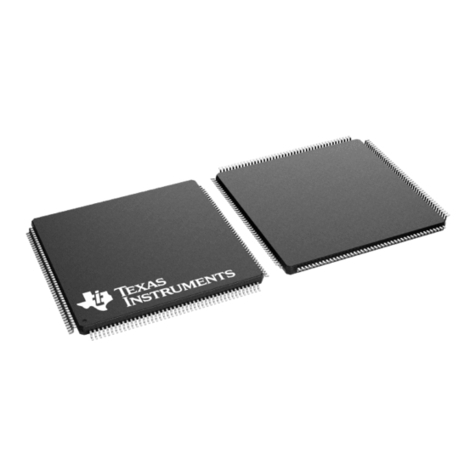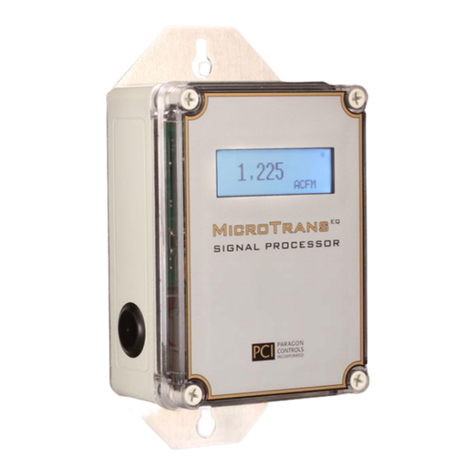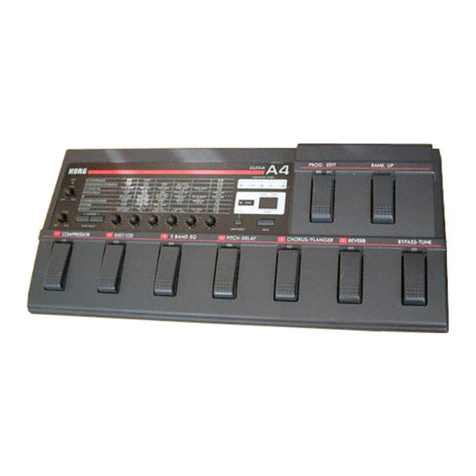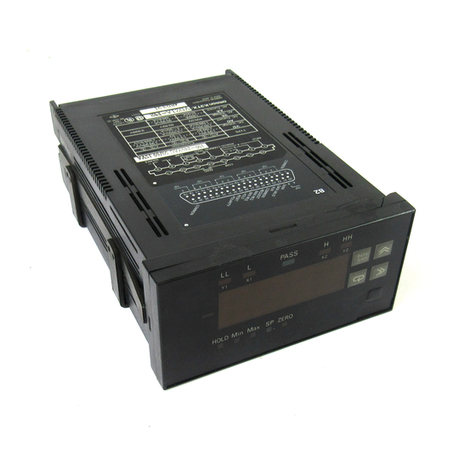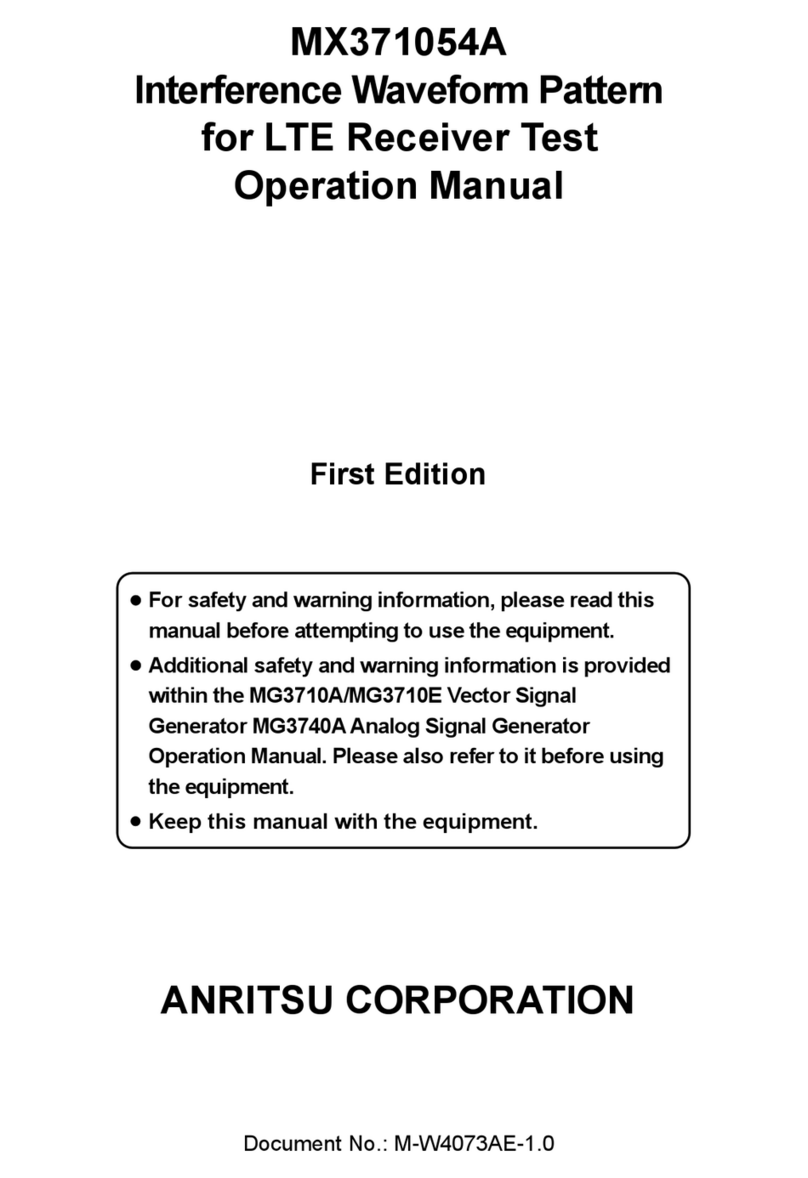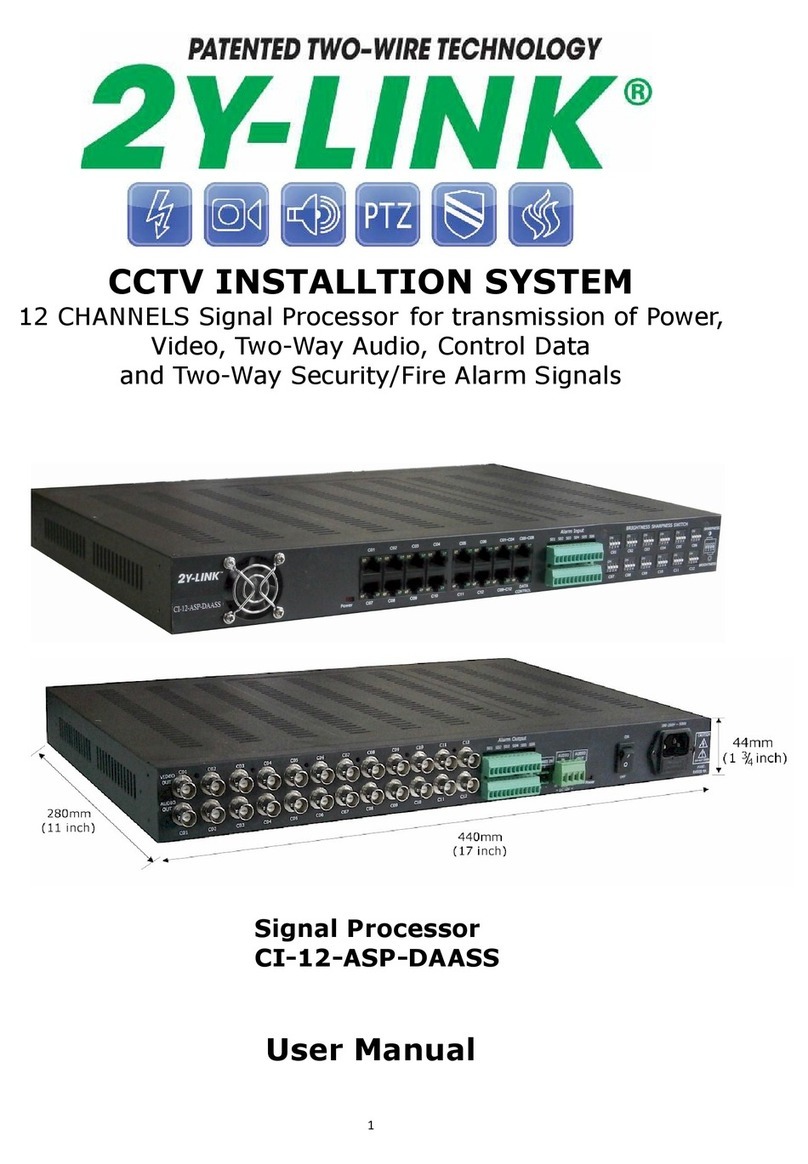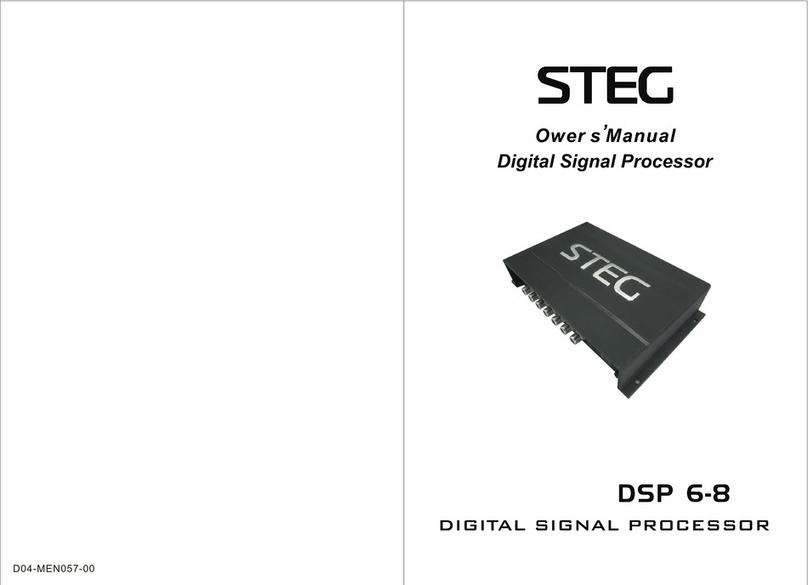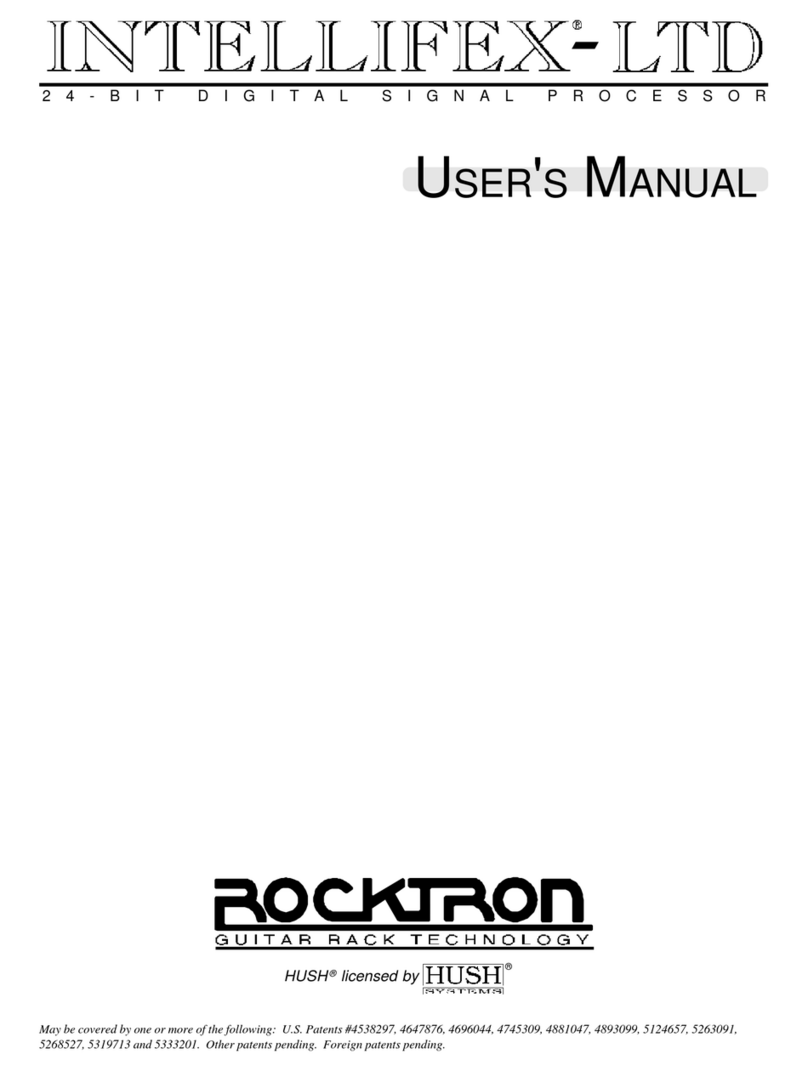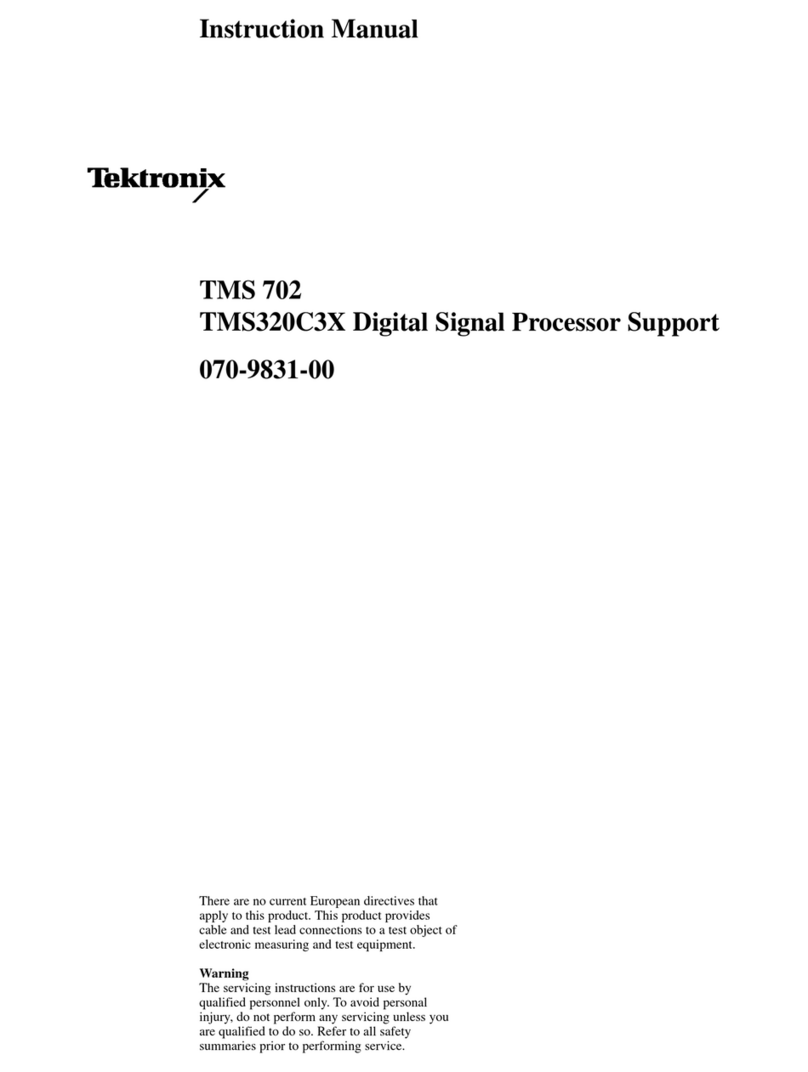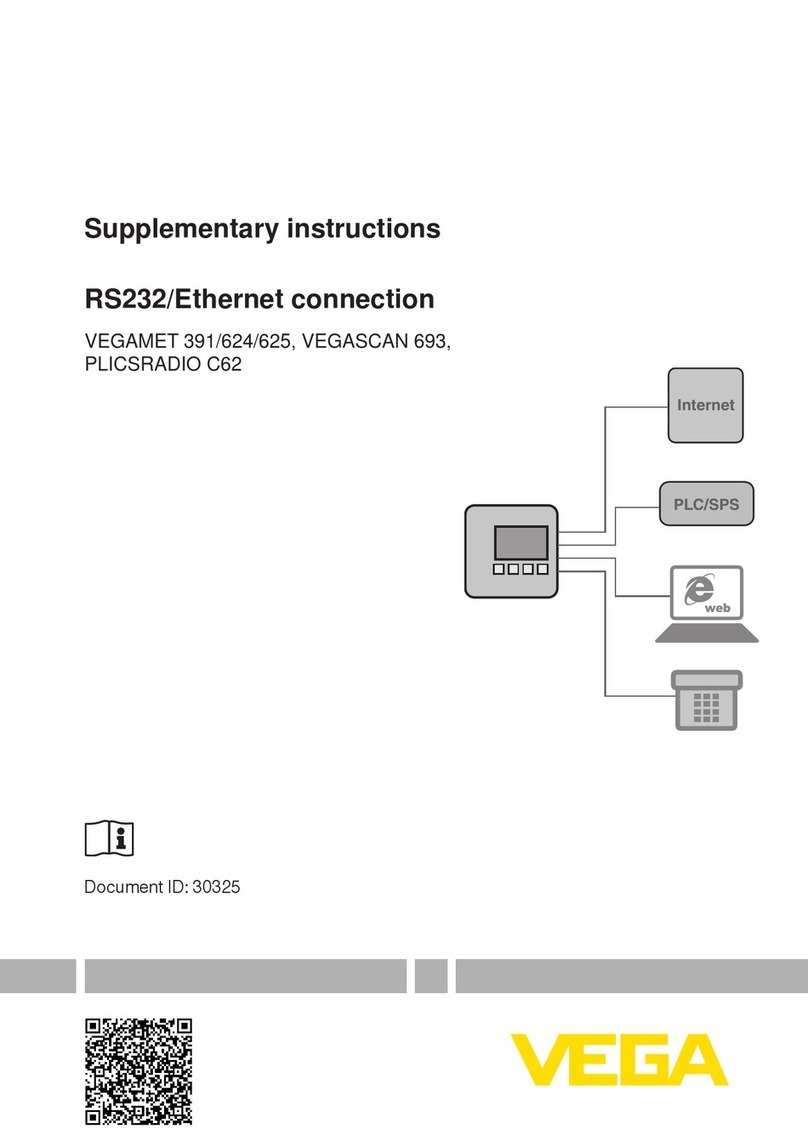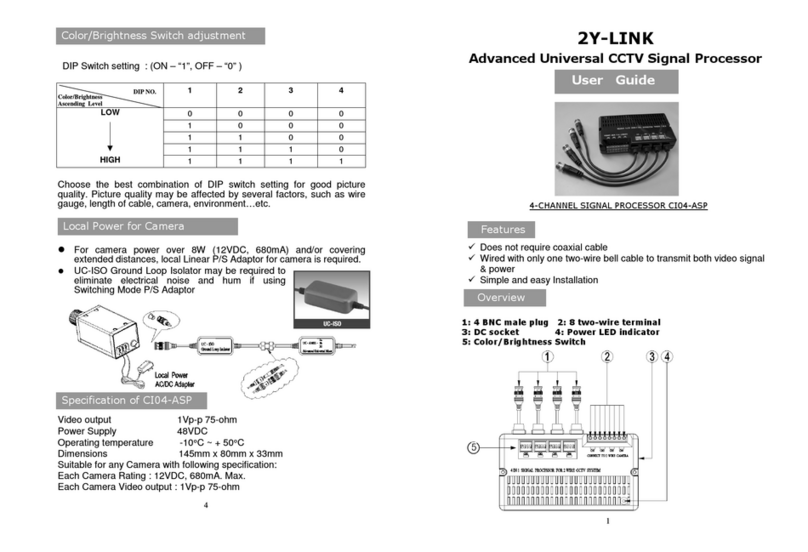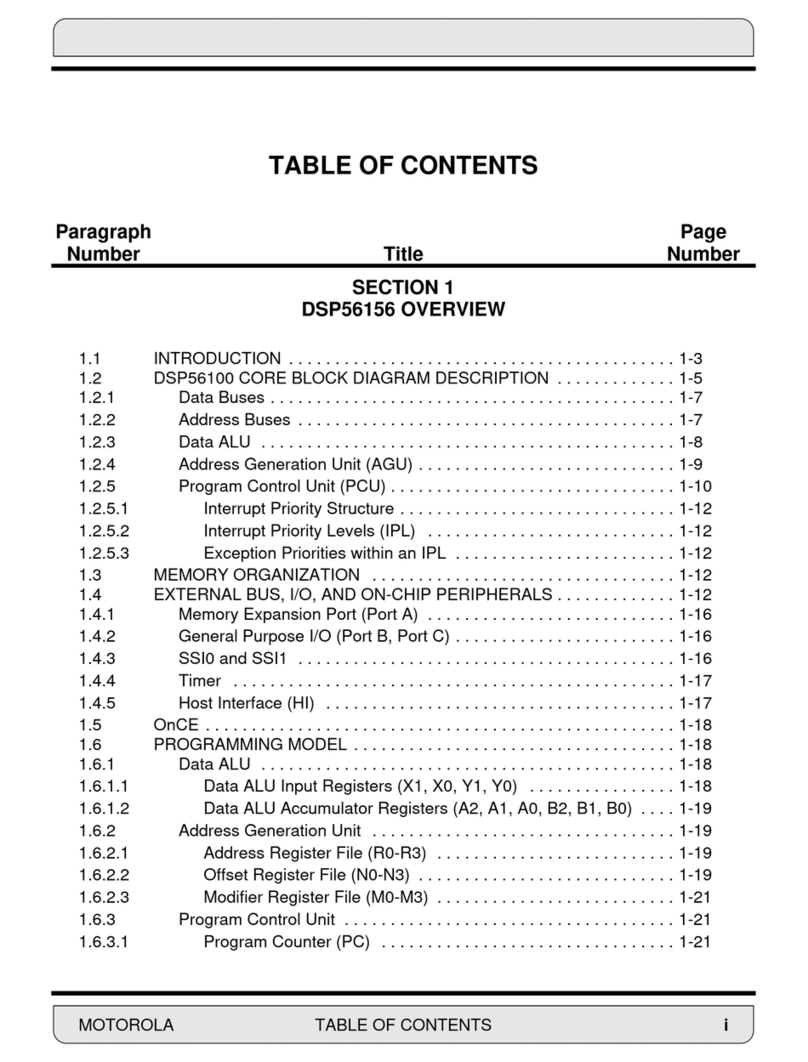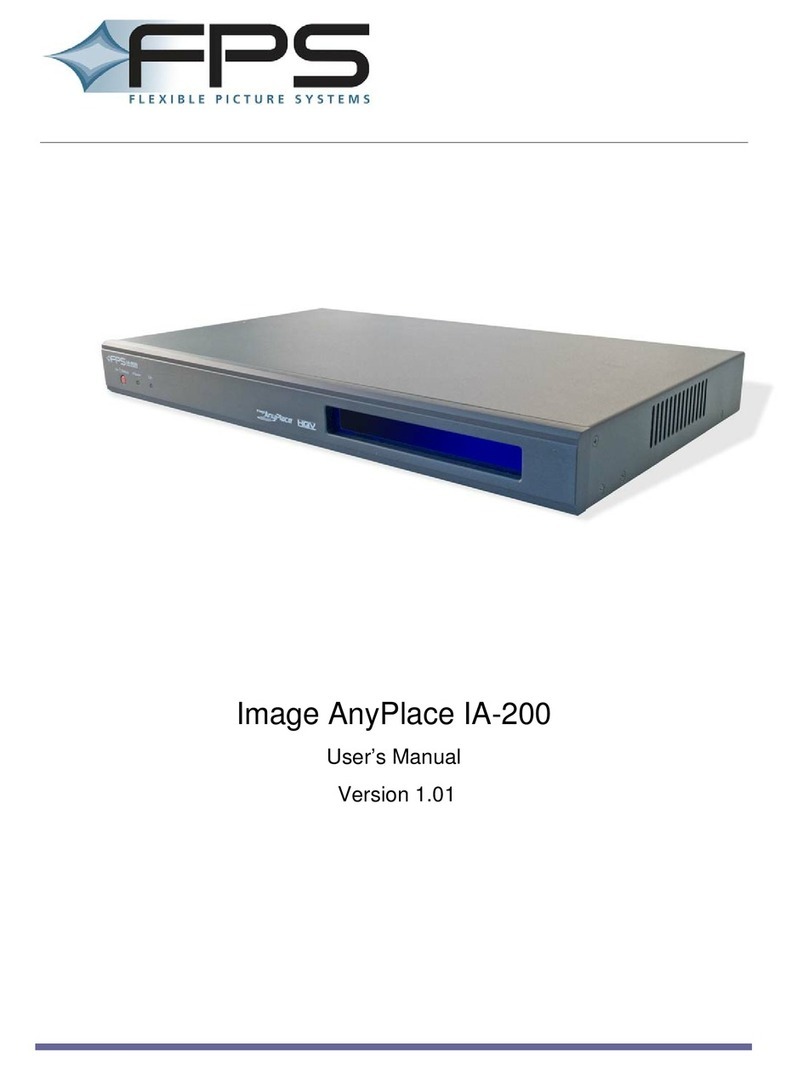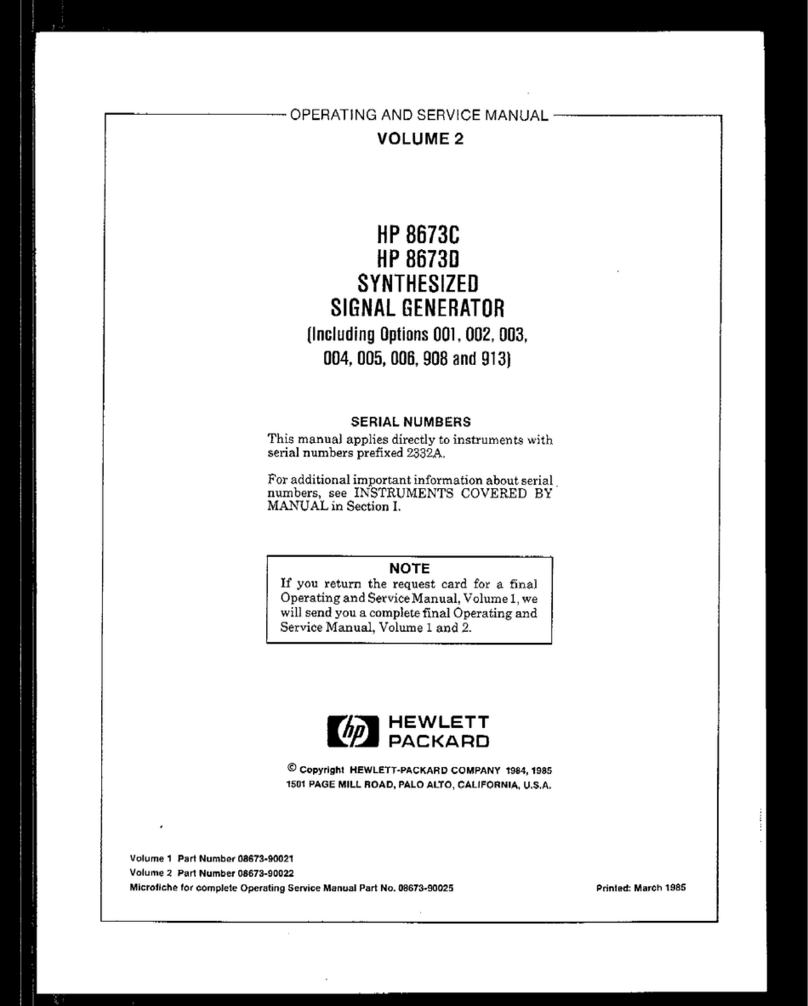9.3 - Creating a Multi-Effect Program
Scroll through to the next unnamed program
(for example 54) using the ‘Up’ or ‘Down’ keys.
The Display shows:
You will need to set the output levels for the
Direct and Effects signals in order to hear what you
are programming using the ‘Toggle’ button and
procedure as described in section 4.1.
Pressing ‘Edit’ once you have completed the
toggle procedure, will take you directly into the
multi-effect main menu screen.
The Display shows:
Press ‘Edit’ again to take you into the MIX
section.
The Display shows:
Use Data Control
❶
to adjust the Chorus level
(00 - 99).
Use Data Control
❷
to adjust the Delay level
(00 - 99).
Use Data Control
❸
to adjust the Reverb level
(00 - 99).
Press ‘Edit’ to return you to the main menu
then use the ‘Up’ key to move the cursor along
until it rests under CHORUS.
Pressing ‘Edit’ again takes you into the Chorus
section.
The Display shows:
Use Data Control
❷
to select the Chorus
mode (1 to 4).
Use Data Control
❸
to adjust the Chorus
depth (00 - 99).
Press ‘Edit’ again to display the main menu
and use the ‘Up’ key to move the cursor until it
rests under DELAY.
Pressing ‘Edit’ once more will take you into
the Delay section.
The Display shows:
Use Data Control
❶
to set the level of
compression or ducking on the delay
(1 to 4 for each).
The Display shows:
Use Data Control
❷
to select the type of delay.
As Data Control
❷
is turned the delay selection
changes to stereo (01 - 99).
The Display shows:
Use Data Control
❸
to select the character of
the delay (Clean, Warm & Dark).
Press ‘Edit’ again to display the remaining delay
parameters to be programmed.
The Display shows:
Use Data Control
❶
to adjust the amount of
feedback (00 - 99).
Use Data Control
❷
to adjust the delay time in
10 m.sec increments (000 - 730 m.secs).
Use Data Control
❸
to adjust the delay time in
single step increments between the master time set
using Data Control
❷
(0 - 9).
Press ‘Edit’ again to display the main menu.
The ‘Up’ key should now be used to move the
cursor until it rests under REVERB.
Press ‘Edit’ again to take you into the Reverb
section.
The Display shows:
Use the Data Control
❸
to adjust the reverb
decay level (00 - 99).
Press ‘Edit’ again to display the remaining
reverb parameters to be programmed.
The Display shows:
Use Data Control
❸
to select 8 different
balances of reverb on the direct/effects signal. At
one extreme the reverb will only act on the direct
signal, at the other extreme the reverb will only act
on the effected signal with the 6 points in between
offering relative levels of each.
Press ‘Edit’ to return you to the main multi-effect
menu from where you can go on to store your
program (see section 10, 11 or 2.3, 2.4).
FRENCH GERMAN SPANISH JAPANESE
ENGLISH
17
16
FRENCH GERMAN SPANISH JAPANESE
ENGLISH
Multi-Effect Mode
The Multi-Effect section of the JFX-1 provides a
combinable chain of effects including Chorus, Delay
and Reverb selections. Any mixture of these three
master effects can be blended together and shaped to
suit the application.
The parameters for each effect in the multi-effect
mode differ from those in the individual Chorus,
Delay and Reverb only modes, but still offer
comprehensive and effective control of these three
vital and most widely used guitar effects.
9.1 - Multi-Effect Individual features
The Mix Section
Here you can blend together the relative amounts
of Chorus, Delay and Reverb individually.
Data Control
❶
selects the level of the
Chorus (00 - 99).
Data Control
❷
selects the level of Delay
(00 - 99).
Data Control
❸
selects the level of the
Reverb (00 - 99).
The Chorus Section
The Chorus section features 4 different types of
master chorus/flange selections. These are selected
using Data Control
❷
as follows:
Mode 1 - Mono Chorus :
Standard mono
chorus where the same effect appears at both left
and right outputs.
Mode 2 - Stereo Flanger :
Modulation split
so that as one side flanges up the other side
flanges down.
Mode 3 - Stereo Chorus :
Split so that as
the de-tuning effect appears flat at one output it
appears sharp at the other and vice versa.
Mode 4 - 4 Voice Chorus :
4 Slightly
different delay voices modulated to give a thicker
and fatter effect.
The Delay Section.
Two different types of delay with three different
characters plus four degrees of compression and
ducking are available in the Multi-Effect delay
section. The two delay types are mono and stereo and
are selected by Data Control
❷
.
Mono Delay :
The delayed signal appears at
the left and right outputs at exactly the same time.
Stereo Delay :
In this mode a number appears
as part of the stereo selection which corresponds to
the amount of stereo spread the delay will receive.
On 00 the delay remains mono, on 99 one side
comes in after 50% of the delay time of the other
side has elapsed.
The three different delay characters are all
selected using Data Control
❸
.
Clean :
A minimum of high frequency damping
keeps the delays vibrant and crystal clear.
Warm :
Increased high frequency damping slightly
softens the character of the delay.
Dark :
Further high frequency damping darkens and
softens the colour of the delay.
Adding compression to the delay is an excellent
method of simulating early tape echo devices. Data
Control
❶
provides four different degrees of
compression. CMP1 gives just a hint of compression
to CMP4 which gives a much deeper effect.
Ducking is a term used to describe the action of
momentarily damping the amount of effect present in
order to keep certain played passages more
intelligible and less cluttered, the term refers directly
to the effect actually ‘ducking’ out for a specified
time. Data Control
❶
provides four different degrees
of ducking where dck 1 gives short amounts of
ducking to dck 4 which gives a longer amount
The Reverb Section
The Reverb section is based around a single multi
purpose reverb with the decay time programmable.
The reverb also features a variable input mix
between the direct and effected signal. This gives
reverb on purely the direct signal at one extreme to
purely the effected signal at the other.
The reverb input mix is adjusted using the Data
Control
❸
.
9.2 - Multi-Effect Parameters
The Chorus Section
Chorus Depth (00 - 99) :
Adjusts the amount of
Chorus effect provided by the four master modes
using Data Control
❸
.
The Delay Section
Feedback (00 - 99) :
Adjusts the amount of
delayed signal passed back through to the input and
hence the number of repeats from very few on lower
settings to a greater number on higher settings, The
Feedback is adjusted using Data Control
❶
.
Time (000 - 739 m.secs) :
Selects the length of
the delay time from 000 - 739 m.secs. Data Control
❷
adjusts the time in 10 m.sec increments. Data
Control
❸
fine tunes the delay in 1 m.sec increments.
The Reverb Section
Decay (00 - 99) :
Adjusts the depth of the reverb
effect from short to long using Data Control
❸
.


